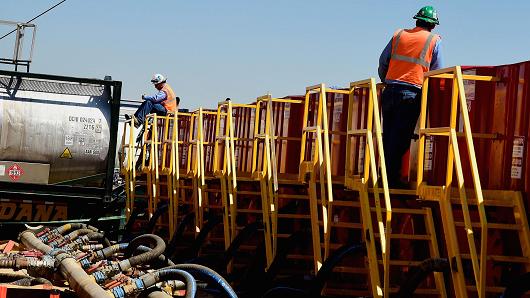
The simulator was created with powerful radio-frequency technology. Assisted and automated driving are extremely demanding in terms of environment recognition: If a self-driving vehicle is to be able to react appropriately to even the most complex, unpredictable traffic situation, a reliable 360-degree all-round view of its surroundings is required. Radar sensors play an important role here, as they can be used for monitoring close-up areas as well as for medium and long distances. So far, radar sensors have only been able to capture their surroundings as a three-dimensional space to a limited extent. Normally they show the speed, distance, and direction (azimuth) of an object. At most, rough estimates can be made of the height (elevation). Radar with an additional fourth measurement dimension For a more complete image of captured objects, the development of radars which also precisely capture the elevation angle is currently advanced. In addition, the resolution is massively increased in all dimensions. Thus, the radar becomes an imaging technology in 3D – with speed as an additional fourth measurement dimension. These 4D radars provide the basis for precise real-time object recognition that works in all weather and light conditions which is essential for a higher degree of autonomy in automated driving. To transport the additional information with the radio-frequency signal, ultra-high resolution radars work with a particularly high modulation bandwidth. With modern radar systems for automotive applications, which operate at frequencies between 76 and 81 GHz, it can be up to 4 GHz. This enables distance resolutions in the centimetre range down to 3.75 cm. Previous radar systems mostly only work with a bandwidth of up to 1 GHz and are therefore clearly limited in their resolution.
Demands on the test system for the radar sensors
Another demand is the simultaneous testing of several radar sensors of different classes such as Short-, Mid- and Long-Range Radars, as well as hybrid sensors that dynamically switch between classes. This represents a new challenge for over-the-air radar target simulators with regard to the frequency bands to be covered. In extreme cases, the entire available radar band of 5 GHz must be covered. Also, modern radar test technology is also expected to be able to be used equally in development and production tests. The seamless use of the same test technology, while considering the specific requirements of both areas of application, serves to continuously validate the sensors.
First radar target simulator with a bandwidth of 5 GHz
DARTS 9040-G with the world’s smallest external converter modules.
The three development partners dSPACE, ITS and miro·sys designed the first radar target simulator that works with a bandwidth of 5 GHz. This system is called “DARTS 9040-G” and is designed and optimized for all next-generation vehicle radars, especially imaging and 4D radars. Due to the easy-to-use over-the-air approach and the flexible design, the system can be used universally in all development phases, from chip design and sensor development to end-of-line tests. It covers the entire automotive radar band completely and without any synthesizer tuning. This means that every class of automotive radar can be tested equally, in every mode, and simultaneously by the radar target simulator. Together with the world’s finest distance resolution of a radar target simulator with 2.5 cm, well below the theoretical resolution limit in the automotive 79 GHz radar band, the system is a future-proof solution for testing and validating automotive radar sensors.
Dr Ing Andreas Himmler is Senior Product Manager for automotive radar solutions at dSPACE and Dr. rer. nat. Alexander Trapp is a Product Engineer for radar target simulators at dSPACE.
[“source=autocarpro”]




